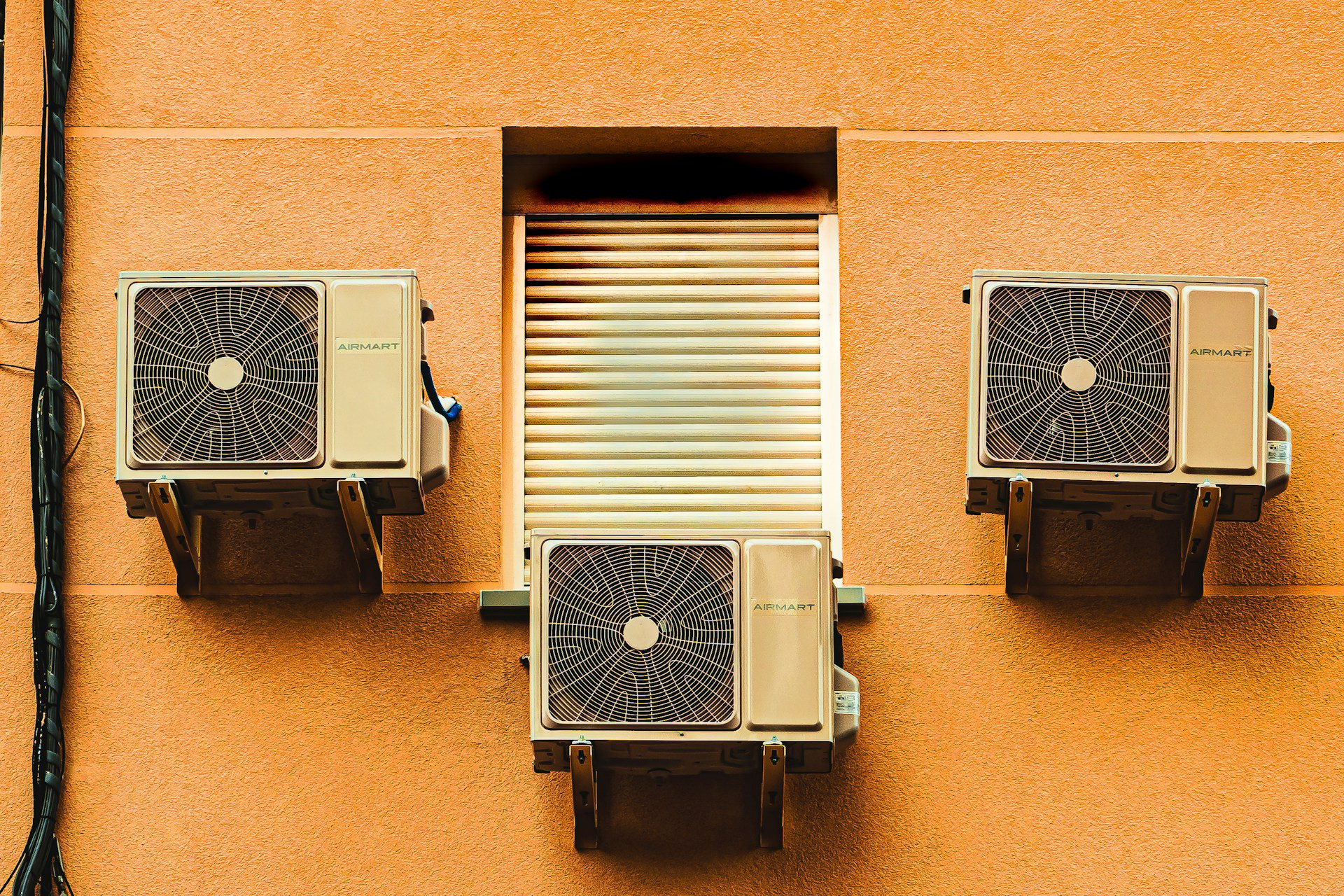As a villa owner, keeping your air conditioning (AC) system in top shape is vital for maintaining comfort, improving energy efficiency, and extending the lifespan of your unit. Regular AC maintenance not only prevents unexpected breakdowns but also ensures a steady, cool atmosphere year-round. Here are essential tips to keep your villa’s AC running smoothly.
Schedule Professional Maintenance Annually
While there’s plenty you can do to maintain your AC system on your own, professional maintenance is crucial. Have a licensed HVAC technician inspect and service your unit at least once a year. To maintain AC in villas, an AC repair company can provide regular inspections, clean the system’s components, and address any potential issues before they lead to costly repairs. Scheduling this service before the peak summer season can prevent unexpected breakdowns and ensure your system is ready for the heat.
Regularly Replace or Clean the Air Filters
One of the easiest and most effective ways to maintain your AC system is by regularly replacing or cleaning the air filters. Dirty filters restrict airflow, forcing the system to work harder, which can lead to higher energy bills and a shorter lifespan. You should replace filters every 1-3 months, depending on usage and the type of filter. If your villa is in a dusty area, or you have pets, more frequent cleaning or replacement might be necessary.
Check and Clean the Coils
The evaporator and condenser coils in your AC are responsible for removing heat from your home. Over time, these coils accumulate dirt, which can obstruct the cooling process. A buildup of dirt on the coils makes it harder for your AC to remove heat, reducing efficiency and increasing the likelihood of a system failure. Inspect the coils annually and clean them with a soft brush or a coil cleaner to keep them free of debris and functioning properly.
Inspect the Evaporator Coil
The evaporator coil is located inside the air handler and can get covered in dirt as air passes over it. Inspect it annually to check for dust buildup or ice formation, which could signal an issue. If you notice any signs of dirt accumulation, clean the coil carefully with a soft brush to remove debris. Be cautious not to damage the fins, which are delicate and essential for heat exchange.
Clean the Condenser Coil
The condenser coil, located in the outdoor unit, is exposed to the elements and can easily accumulate dirt, leaves, and other debris. When this happens, the system struggles to release heat, leading to higher energy consumption. Use a garden hose to gently rinse off any debris, but avoid using high-pressure water, as this can bend the fins. If necessary, apply a coil cleaner to break down dirt and grease buildup.
Monitor for Ice Formation
Both coils can develop ice if the airflow is restricted or the refrigerant levels are low. Ice on the evaporator coil can lead to further system malfunctions, as it impedes the heat transfer process. Regularly monitor the coils for ice buildup, especially during hotter weather, and ensure your filters, ducts, and coils are clean to allow for proper airflow.
Clear Debris Around the Outdoor Unit
Your AC’s outdoor unit needs to have proper airflow to operate efficiently. If debris such as leaves, branches, or dirt piles up around the unit, it can restrict airflow, causing the system to overheat and potentially break down. Regularly clear any debris around the outdoor condenser unit, ensuring at least 2 feet of clearance around the sides for optimal airflow. Keep an eye out for overgrown plants or vines that can clog the system.
Inspect Ductwork for Leaks
Leaky ducts can significantly impact your AC’s efficiency. When your ducts are damaged or leaky, cool air is lost before it can reach the intended rooms, forcing your AC to work harder and waste energy. It’s a good idea to have your ductwork inspected annually to spot any leaks or signs of wear. If you find leaks, seal them with duct tape or a specialized sealant, or hire a professional to repair them.
Monitor Thermostat Settings and Cleanliness
Your thermostat plays a crucial role in maintaining your villa’s indoor climate. Ensure it’s calibrated correctly and set to an efficient temperature. You should clean your thermostat regularly to remove dust or dirt that could affect its readings. If your villa has a programmable thermostat, use it to optimize cooling times and energy usage, ensuring that your AC isn’t running unnecessarily when no one is home.
Maintaining your villa’s AC system is an investment that pays off in comfort, energy savings, and long-term reliability. By following these essential tips – replacing filters, cleaning coils, clearing debris, inspecting ducts, maintaining the thermostat, and scheduling professional service – you’ll ensure that your air conditioning unit performs efficiently and lasts for many years. With the right care, your AC will continue to provide cool relief in your villa, even during the hottest months.






